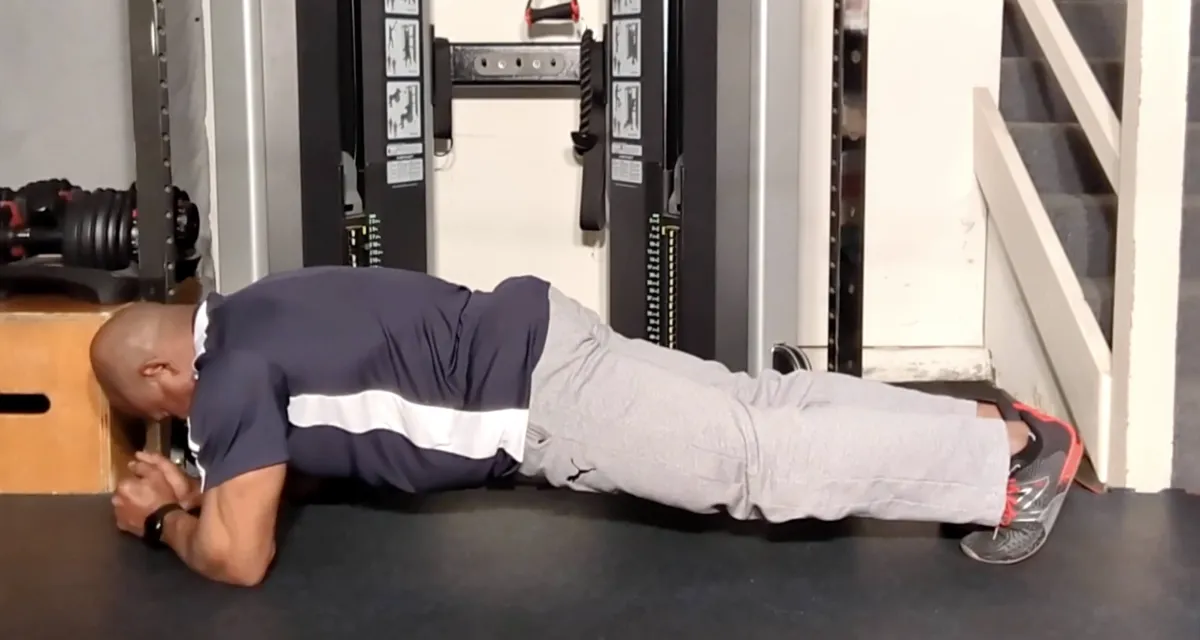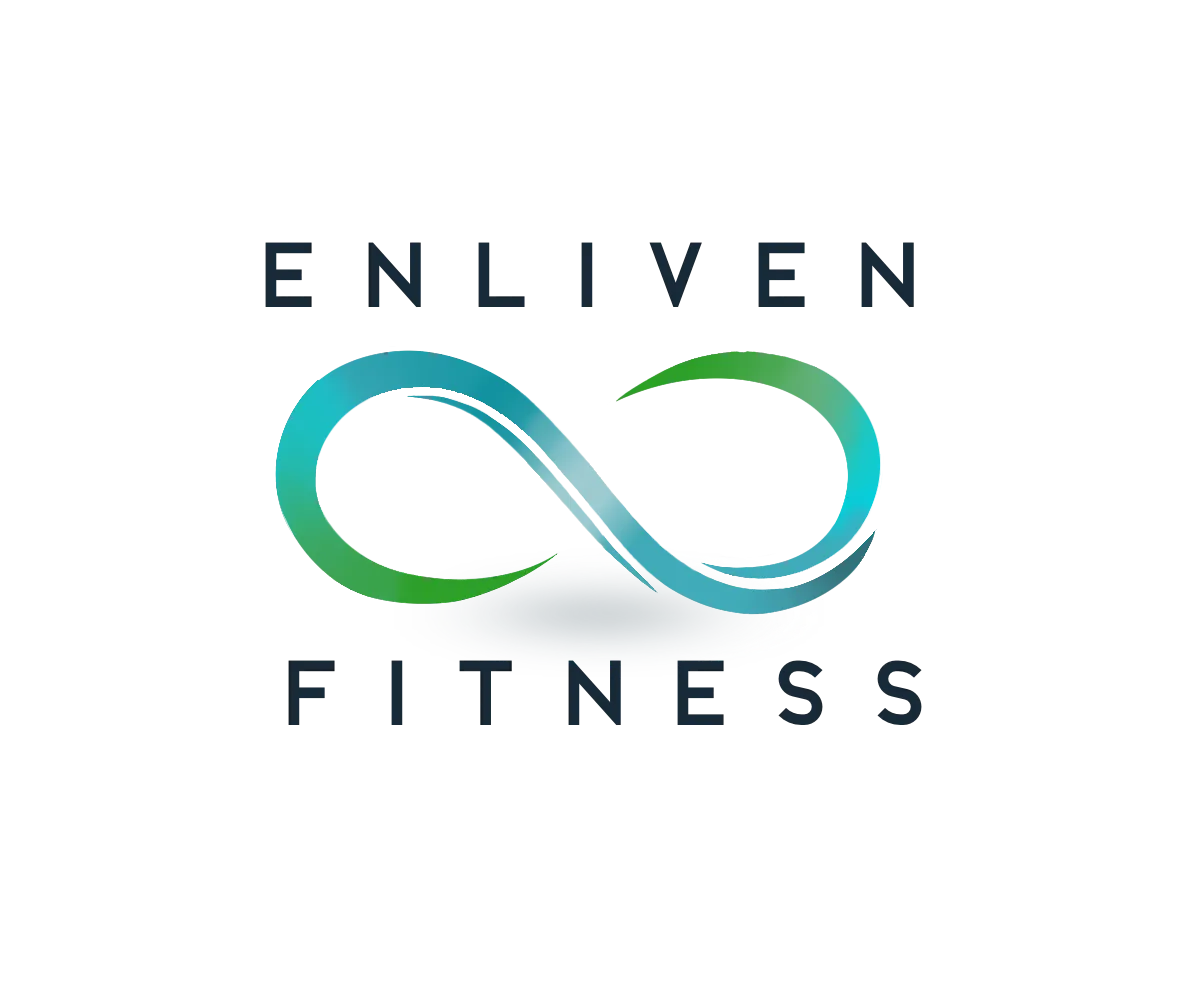
RESOURCES

Strengthen Your Knees: Exercises to Build Support Around the Joint
Maintaining strong and healthy knees is essential for an active lifestyle, especially as we age. Strengthening the muscles around the knee joint not only enhances stability but also reduces the risk of injury and alleviates existing discomfort. Here are some effective exercises to build support around your knees:
1. Seated Knee Extensions
This exercise targets the quadriceps, the muscles at the front of your thigh, which play a crucial role in knee stability.
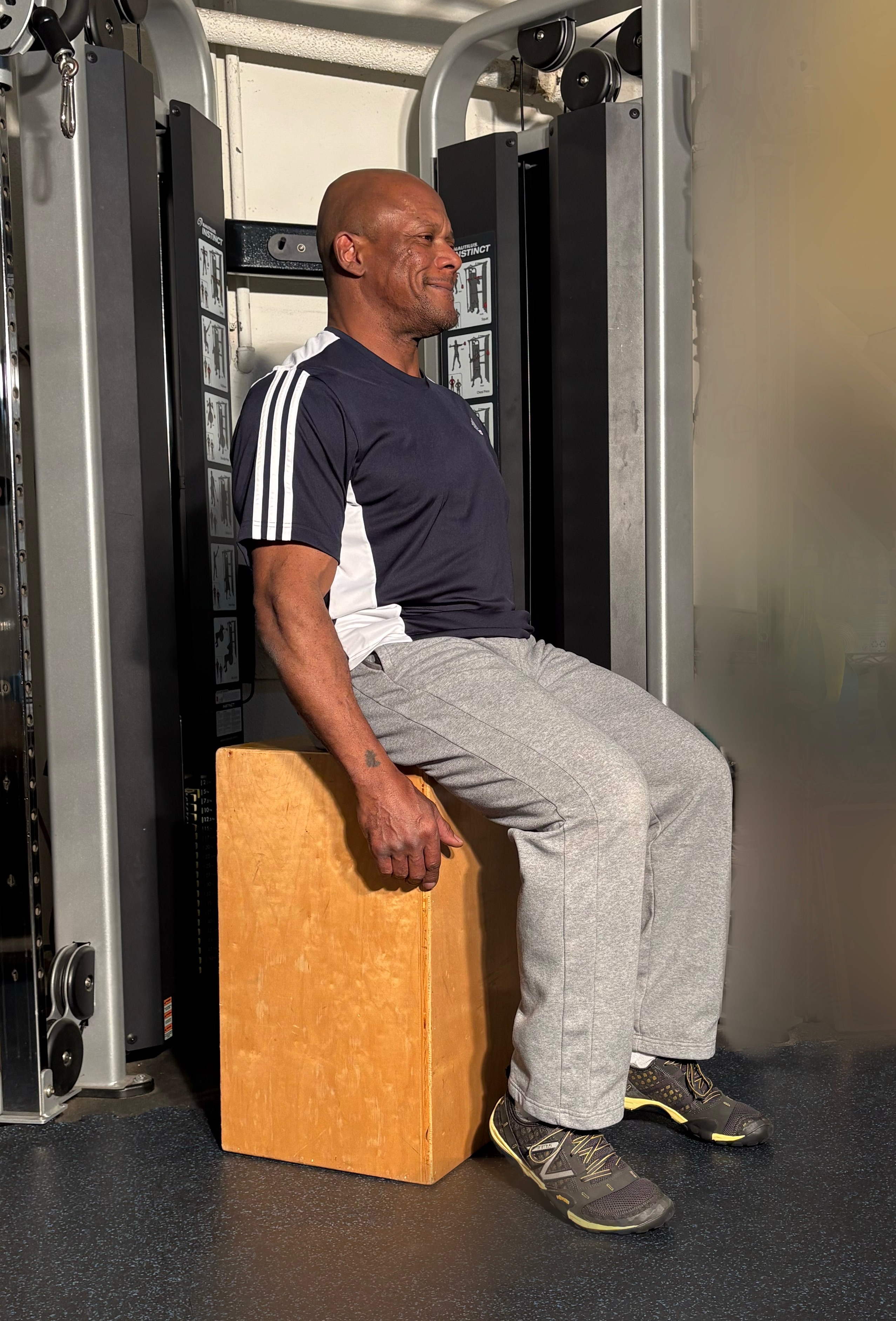
How to Perform:
Sit on a sturdy chair with your back straight and feet flat on the floor.
Slowly extend your right leg until it's straight, keeping your thigh on the chair.
Hold for a moment, then lower it back down.
Repeat 10-15 times on each leg.

2. Standing Hamstring Curls
Strengthening the hamstrings, located at the back of the thigh, helps balance the muscles around the knee.

How to Perform:
Stand upright, holding onto a chair or wall for support.
Slowly bend your right knee, bringing your heel toward your buttocks.
Keep your thighs aligned and avoid moving your upper leg.
Hold briefly, then lower your foot back down.
Perform 10-15 repetitions on each leg.

3. Calf Raises

Strong calf muscles support the knee and improve overall leg function.
How to Perform:
Stand with your feet hip-width apart, using a chair or wall for balance.
Slowly rise onto the balls of your feet, lifting your heels off the ground.
Hold for a second, then lower your heels back down.
Aim for 10-15 repetitions.

4. Step-Ups
This functional exercise strengthens multiple muscle groups around the knee.
How to Perform:
Stand in front of a sturdy step or platform.
Step onto the platform with your right foot, pressing through your heel.
Bring your left foot up to meet your right, then step back down.
Repeat 10 times on each leg.
5. Wall Squats
Wall squats engage the quadriceps, hamstrings, and glutes, providing comprehensive support to the knee joint.
How to Perform:
Stand with your back against a wall, feet shoulder-width apart and about two feet away from the wall.
Slide down the wall by bending your knees, keeping your back pressed against it.
Lower yourself until your thighs are parallel to the floor, ensuring your knees don't extend past your toes.
Hold for 5-10 seconds, then slowly rise back up.
Perform 5-10 repetitions.
6. Hip Abductions

Strengthening the hip abductors reduces stress on the knees by promoting proper alignment.
How to Perform:
Lie on your side with legs straight and stacked.
Lift the top leg upward about 45 degrees, keeping it straight.
Hold for a moment, then lower it back down.
Complete 10-15 repetitions on each side.
7. "Windshield Wipers" Stretch
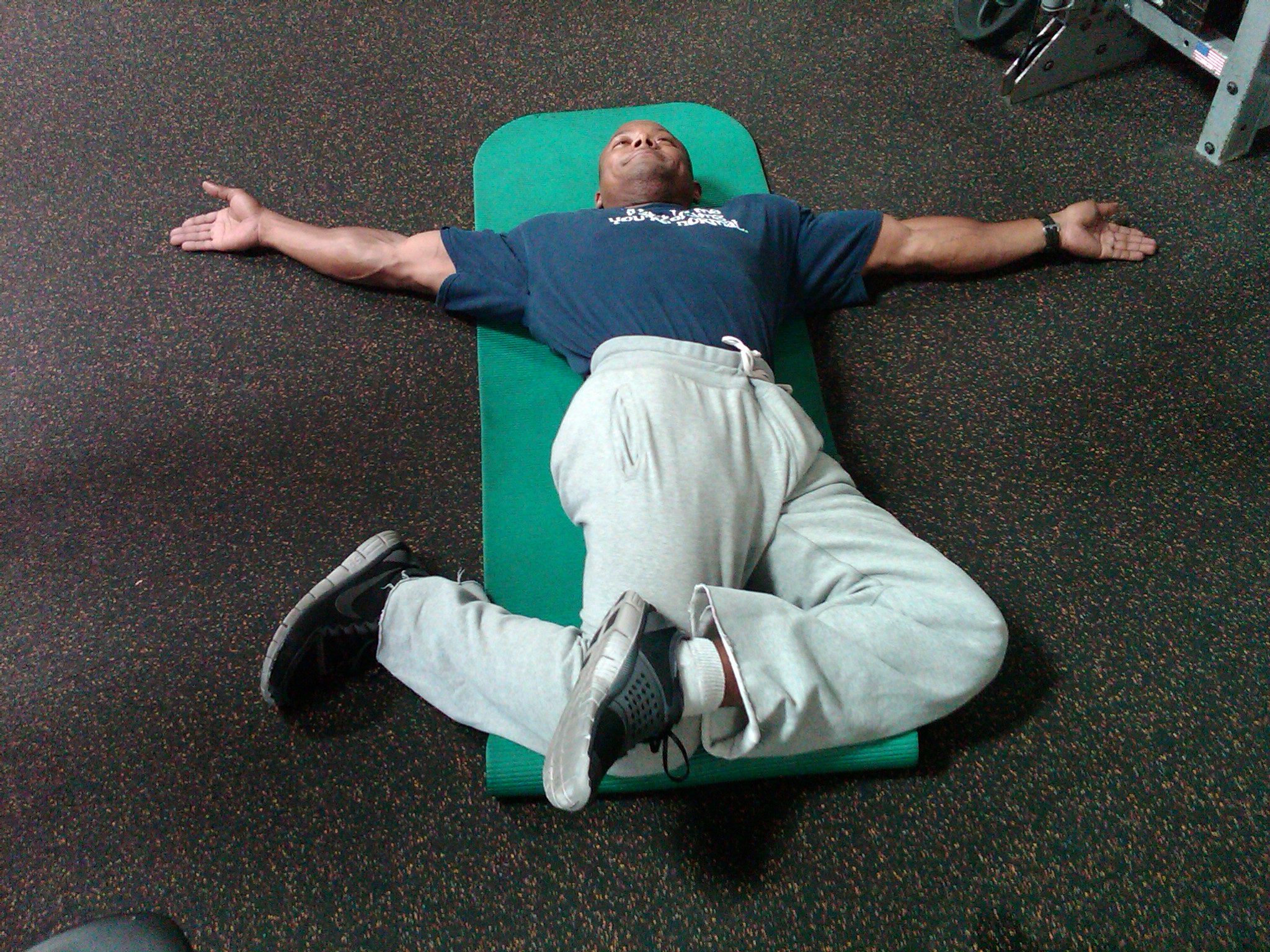
Flexibility exercises complement strengthening routines by maintaining joint mobility.
How to Perform:
Lie on your back with arms out wide, knees bent, and feet flat on the ground.
Place your left ankle on your right knee.
Gently drop both legs to the left side, feeling a stretch in the right hip.
Hold for 5-7 breaths, then repeat on the other side.
Tips for Safe and Effective Knee Strengthening:
Warm-Up: Begin with a gentle warm-up, such as walking or stationary cycling, to increase blood flow to the muscles.
Consistency: Aim to perform these exercises 2-3 times per week, allowing rest days in between sessions.
Listen to Your Body: Avoid any movements that cause pain. It's normal to feel some muscle fatigue, but sharp or intense pain is a signal to stop.
Progress Gradually: Start with fewer repetitions or shorter hold times, increasing as your strength improves.
Consult a Professional: If you have existing knee issues or other health concerns, consult with a healthcare provider or physical therapist before starting a new exercise regimen.
Incorporating these exercises into your routine can significantly enhance knee strength and function. By dedicating time to proper conditioning, you're investing in the longevity and health of your knees, enabling you to maintain an active and fulfilling lifestyle.
Move Better. Feel Better. Live Better.
Sheila Mann's Testimonial
Sheila Mann doing Suspension Strap Push-ups on an elevated Single Leg.
Just another Saturday Workout Part 2
Spray Tan Fitness
Dreams or Goals
Intro to Self-Myofascial Release
Self Massage using the Energy F X Tube (Upper Body)
Self-Massage for Lower Body using Energy F X Tube (IT Band , Glutes)
Level 3
This is our advance level. In this level you will be asked to increase the challenges to your strength, balance and to some degree, your conditioning. We continue to focus on the major joints of the body (hips, shoulder, and knees) with the added challenge of resistance. This level also includes the added challenge of coordination, as many movements require the integrated movement of both upper and lower body.
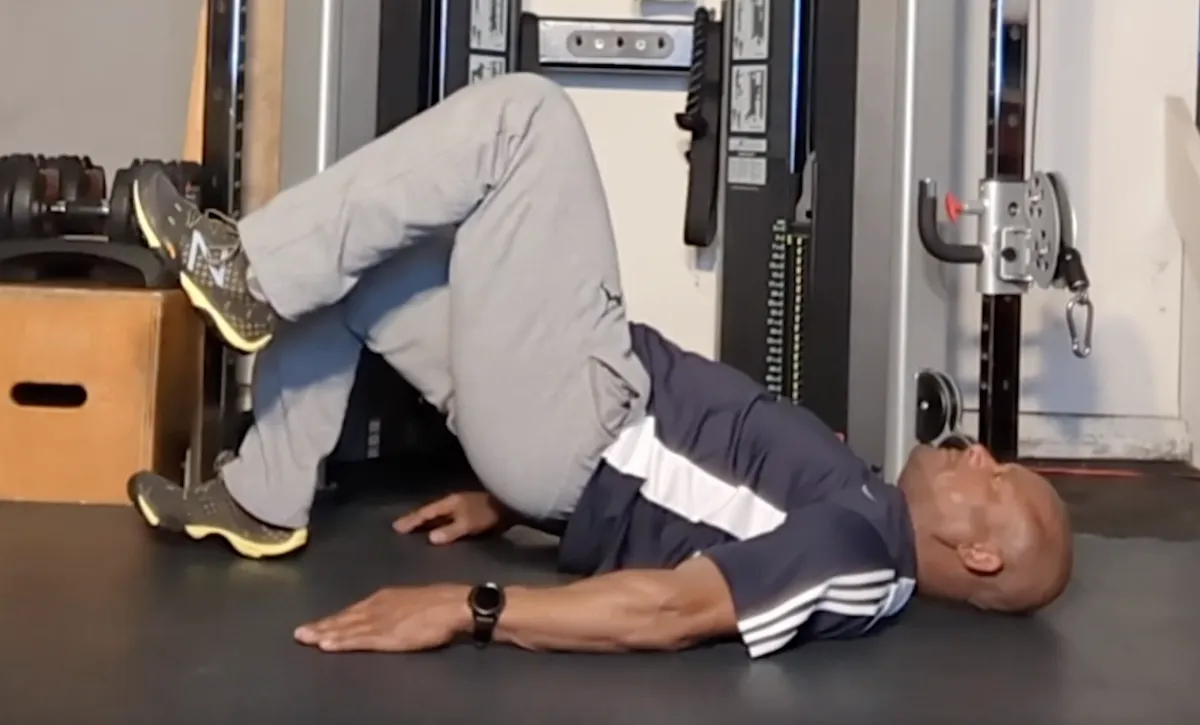
Level 4
This is our premium level. In this level you will be asked to significantly challenge your body through increased demands on your functional core strength in movements that will significantly challenge your balance and strength simultaneously. Here we will ask you to begin to optimize your balance, core activation, and improved range of motion in a functional aspect – integrated movement of both upper and lower body, but at a higher level of accountability.
